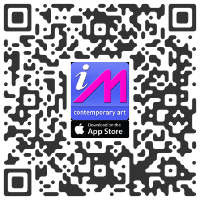"Booth G22"
Frank Bowling, Ricardo Brey, Teresa Burga, Luis Camnitzer, Melvin Edwards, Harmony Hammond, Lorraine O'Grady, Betty Parsons, Joan Semmel, Valeska Soares.
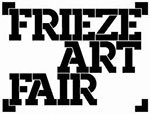
Frieze London 2019
Regent's Park, London NW1 4HAT : +33 1 53 30 85 20 F : +33 1 53 30 85 25 e-mail:
Alexander Gray Associates
510 West 26 Street, New York NY 10001 United States+1 212 399 2636 e-mail:
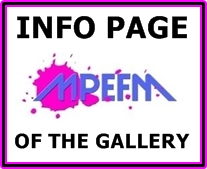
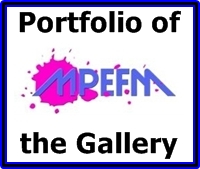
3 > 6 October, 2019
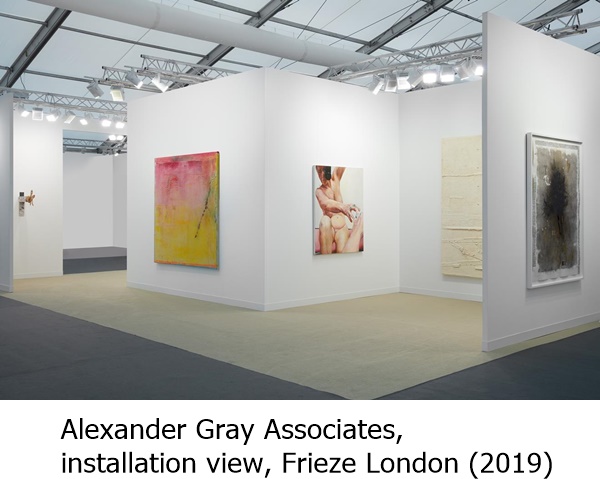 |
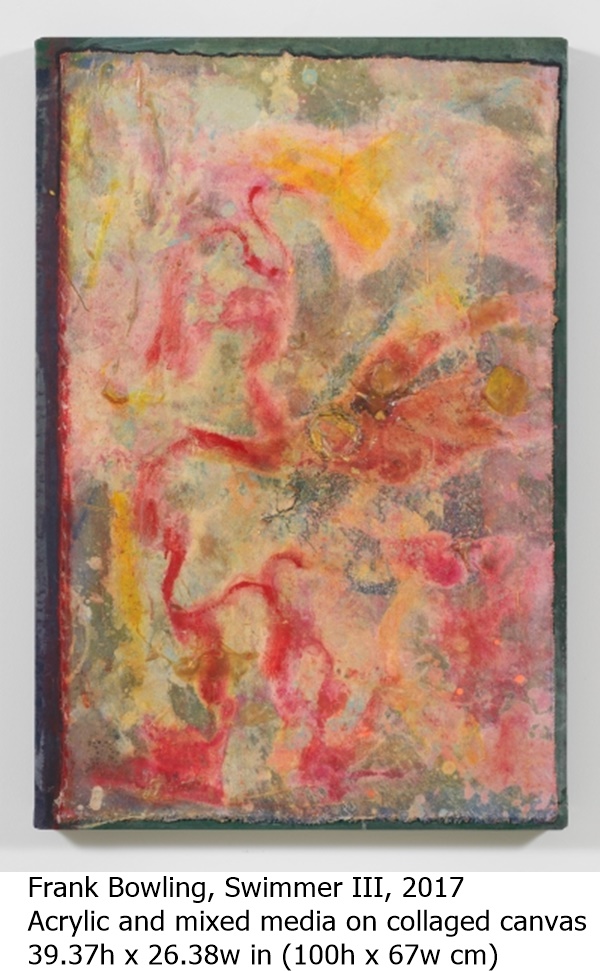 |
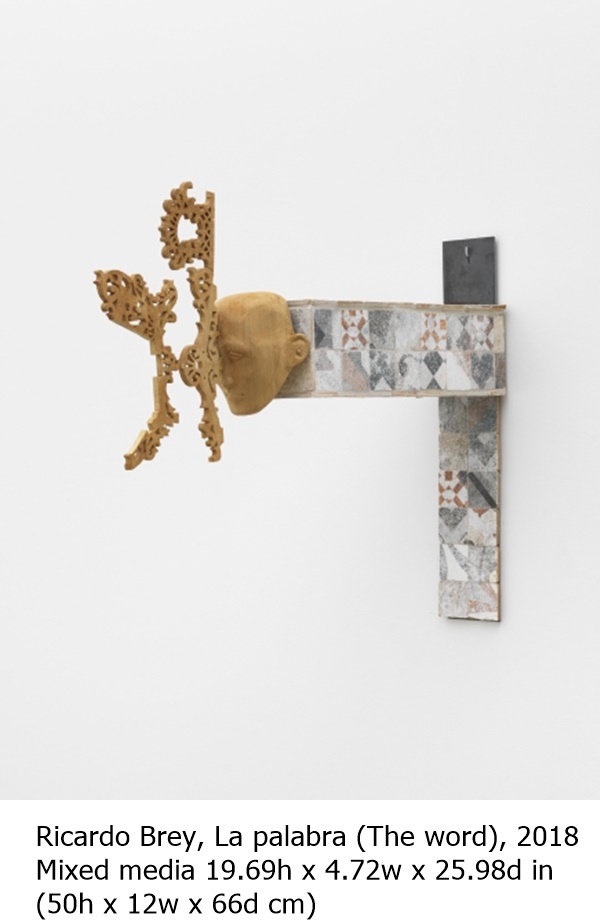 |
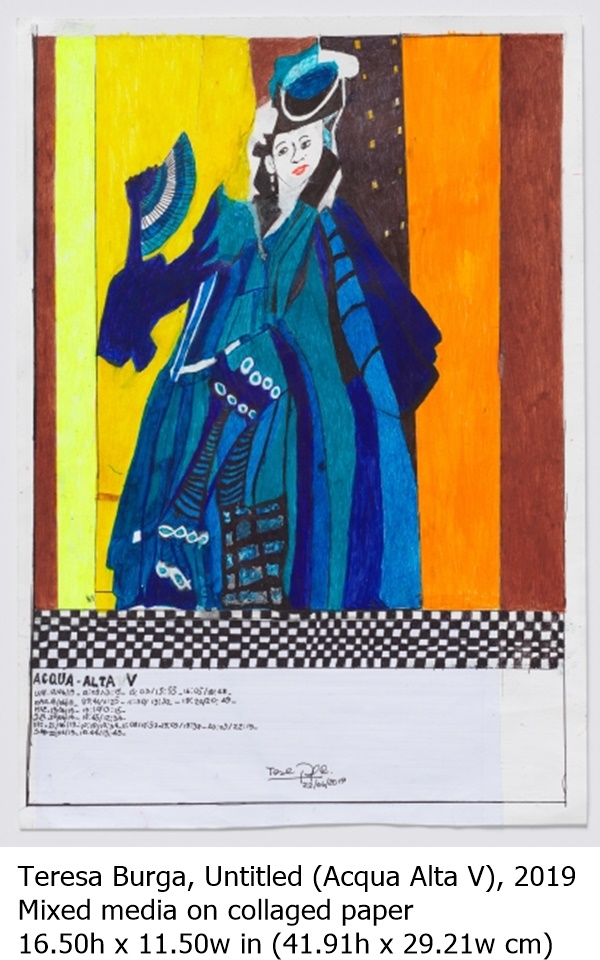 |
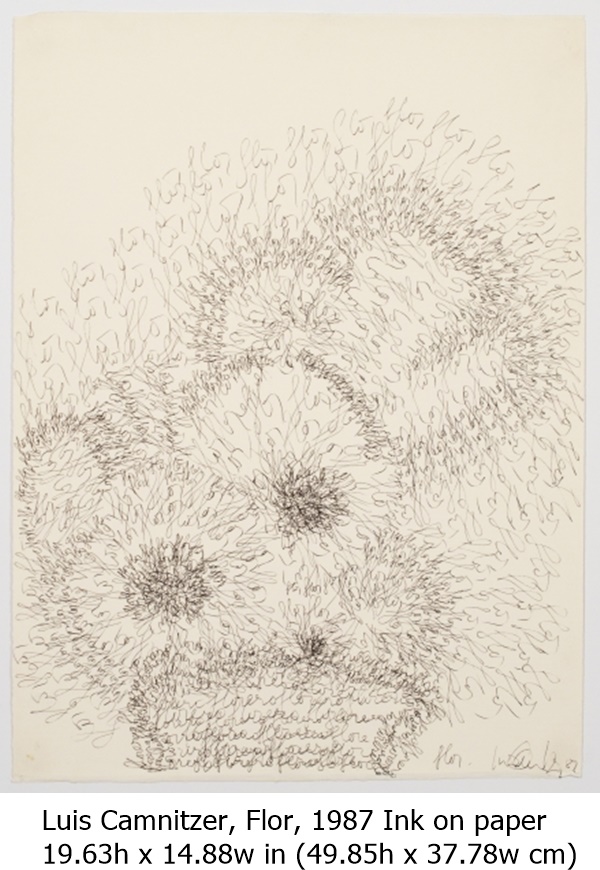 |
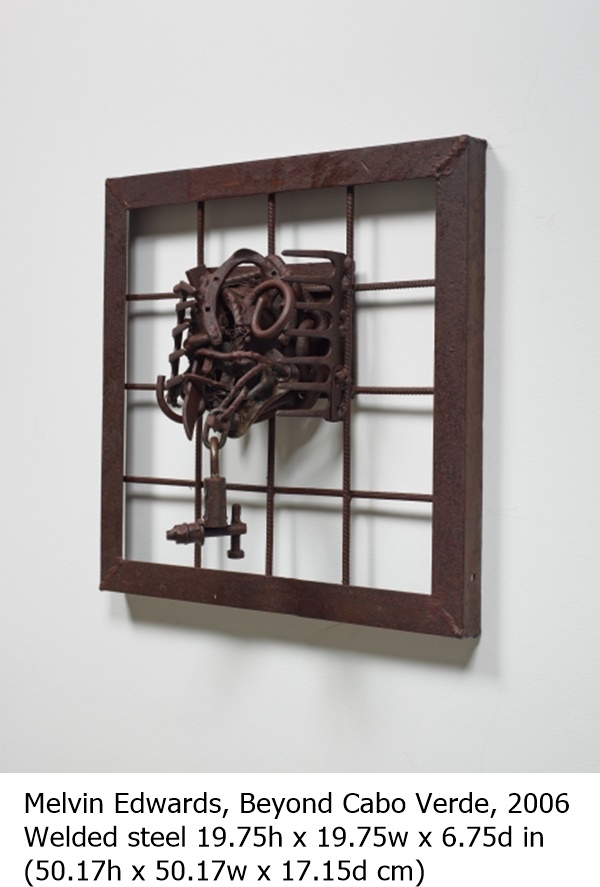 |
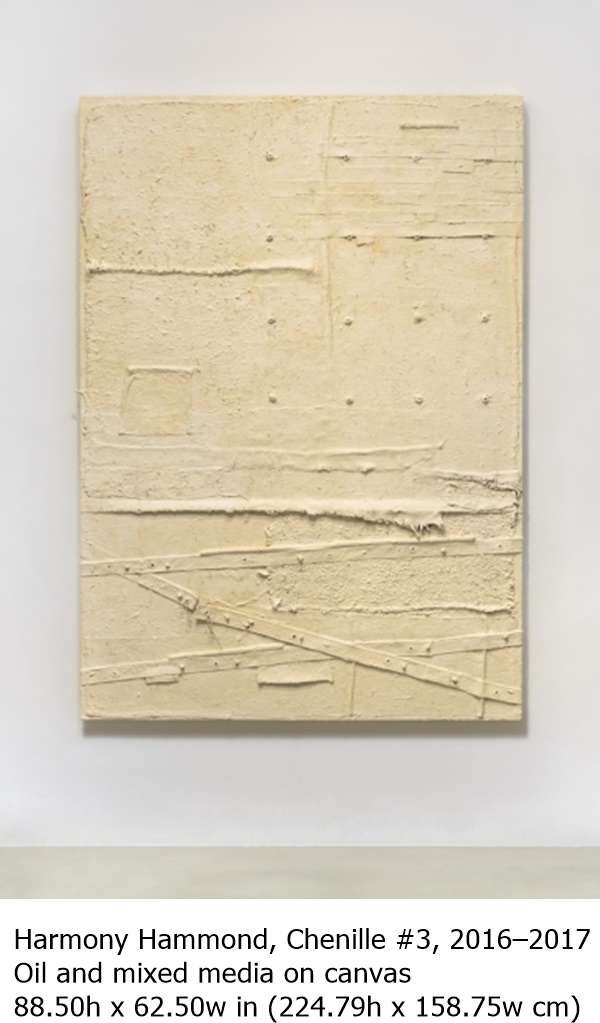 |
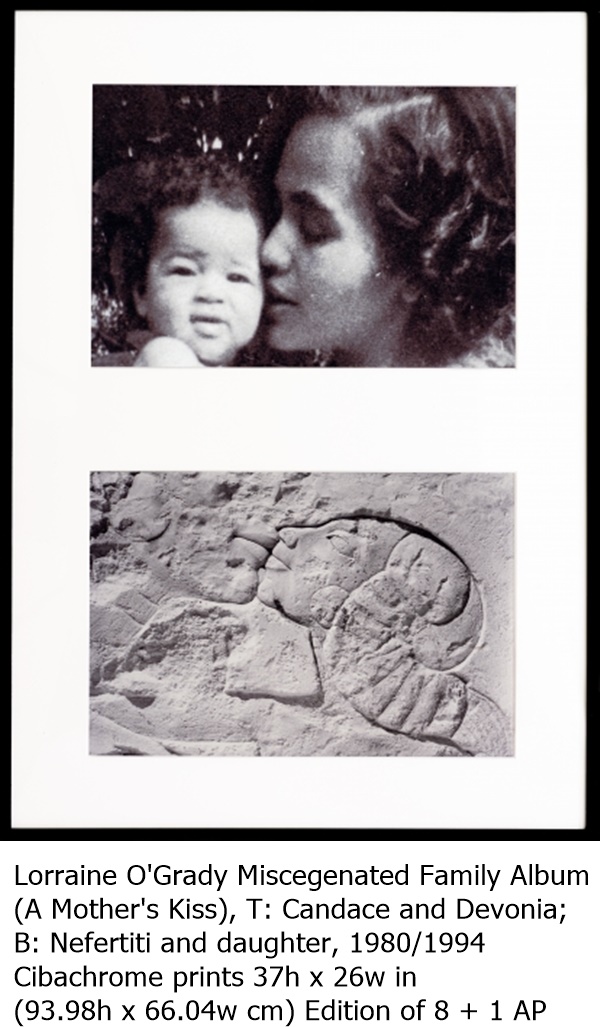 |
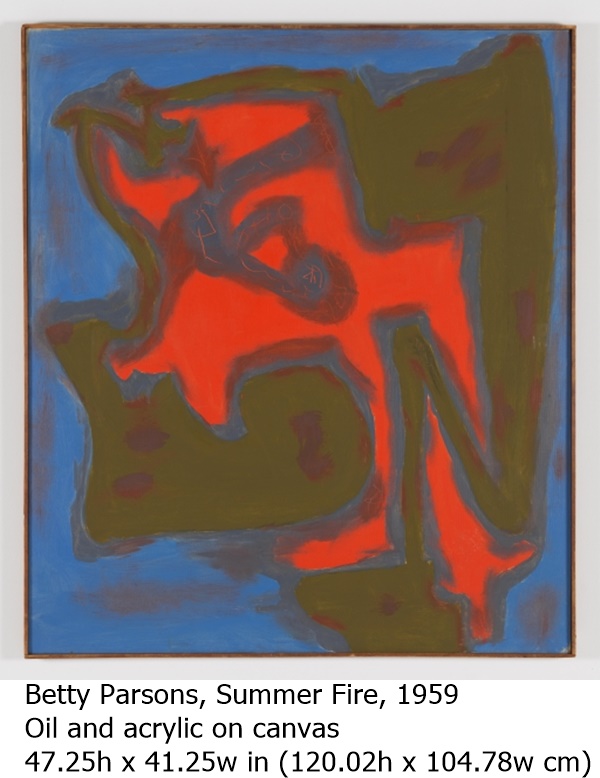 |
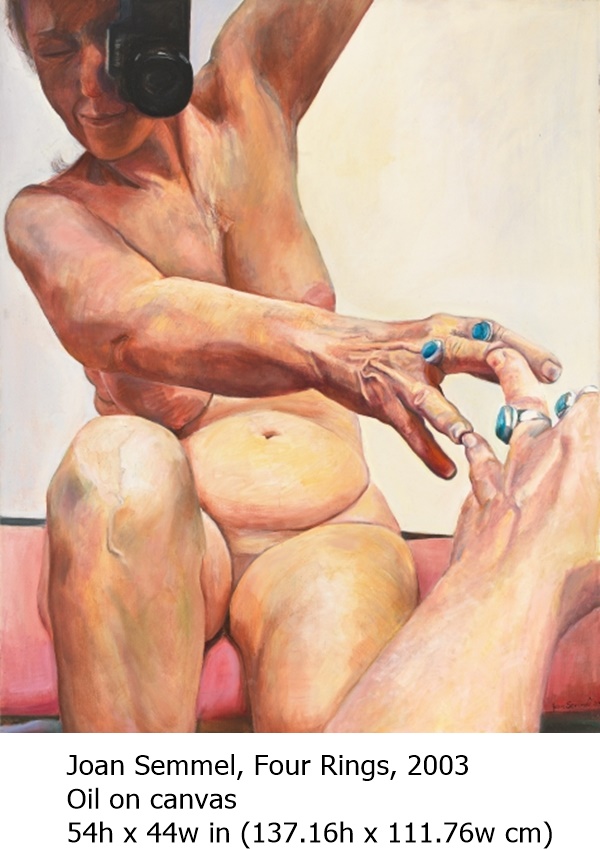 |
 |
Booth G22
For over five decades, Frank Bowling's practice has been defined by its integration of autobiography and postcolonial geopolitics into abstraction. Kitestale (2019) features an arrangement of paint and gel medium whose distinct topography suggests that of an archipelago. Reimagining the stenciled landmasses of Bowling's celebrated 1967–71 Map Paintings, the work reveals the artist's ongoing investigation into the nature and possibilities of painting.
Since the late 1970s, Ricardo Brey's multidisciplinary practice has focused on his research into the origins of humanity and humankind's place in the world. In sculptures like La palabra (The word) (2013), Brey juxtaposes a hand-carved wooden face with decorative tiles to create a complex narrative about identity and place. Using salvaged materials, Brey's sculptural works draw on his Afro-Cuban heritage, as well as Flemish, Baroque, and Gothic influences he encounters in Europe.
Since the 1960s, Teresa Burga has made diverse works that support the display of analytical data. Reflecting the sociopolitical realities of her native Peru, her practice has explored how standardized, regulated, and bureaucratic systems function as apparatus for control and oppression. Playing with the idea of these systems, Burga's Acqua Alta drawings (2019) present artistic labor as hourly employment; in the margins of each work from the series, the artist inscribes the dates and time spent on the image, tracking her hours as if clocking in and out of a job.
Luis Camnitzer's artwork explores subjects such as social injustice, repression, and institutional critique. Overtly linking images and text, the artist's unique series of Object Boxes (1973–78) encourages viewers to make narrative connections between words and visual elements. In Esto no es una pipa (1974), Camnitzer references René Magritte's celebrated 1929 painting The Treachery of Images and its iconic statement, "Ceci n'est pas une pipe." [This is not a pipe.] Inverting Magritte's canvas by presenting viewers with an actual painted pipe, Esto no es una pipa highlights the tension between a description and its reality.
Melvin Edwards' work is distinguished by its formal simplicity and powerful materiality. Beyond Cabo Verde (2006) belongs to a series of Grids the artist began to make in Dakar, Senegal after establishing a studio there in 2000. Created from metal grilles constructed by local metalworkers as window bars, these sculptures play with and subvert concepts of the modernist grid, repurposing formalism as a tool to communicate social, political, and cultural concerns.
Harmony Hammond's recent paintings' focus on materiality and the indexical derives from and remains in conversation with her feminist work of the 1970s. Hammond's Chenille #3 (2016–2017) employs rough burlap and grommets as the ground for the artist's signature layers of thick paint. Through layers of material—both fiber and paint—she creates a work that lies between object and painting; the collage of fabric pieces and varying applications of paint suggest a field of lived experience embedded in the canvas.
Lorraine O'Grady's multidisciplinary practice seeks to confront the limitations of a culture built on exclusivity and resistance to difference. Her celebrated series, Miscegenated Family Album (1980/1994), is a photo-installation of 16 diptychs. In this strongly feminist "novel in space," O'Grady attempts to resolve a troubled relationship with her sister, Devonia, by inserting their story into that of Nefertiti and her younger sister, Mutnedjmet. Building on remarkable physical resemblances, the paired images span the coeval distance between sibling rivalry and hero worship through "chapters" on such topics as motherhood, ceremonial occasions, husbands, and aging.
Betty Parsons trained as a landscape painter, first turning to abstraction in the late 1940s. Many-Ways (1972) reflects Parsons' unique approach to abstraction, which features bold color and playful expression. Its gold and yellow palette is animated by lively and bright shapes in red, green, blue, and violet that generate a joyous energy on an intimate scale.
Since the 1970s, Joan Semmel has centered her practice around representations of the body from a female perspective, often taking her own figure as subject. Four Rings (2003) foregrounds Semmel's use of the camera, which she has long employed to develop her compositions. By including the camera itself within the painting of her naked figure, she emphasizes the act of looking—both hers and the viewer's.
Utilizing tools of minimalism and conceptualism, Valeska Soares' practice embraces emotion and humanity, mining territories of love, loss, and memory. In works like Doubleface (Permanent Rose/Ultramarine Blue-Phthalo Blue) (2019) from her ongoing Doubleface series, she creates modernist compositions from antique portraits. Disrupting solid planes of color by cutting and folding into the canvas, Soares reveals a small portion of the original portrait, evoking the allure and mystery triggered by covered objects.
For over five decades, Frank Bowling's practice has been defined by its integration of autobiography and postcolonial geopolitics into abstraction. Kitestale (2019) features an arrangement of paint and gel medium whose distinct topography suggests that of an archipelago. Reimagining the stenciled landmasses of Bowling's celebrated 1967–71 Map Paintings, the work reveals the artist's ongoing investigation into the nature and possibilities of painting.
Since the late 1970s, Ricardo Brey's multidisciplinary practice has focused on his research into the origins of humanity and humankind's place in the world. In sculptures like La palabra (The word) (2013), Brey juxtaposes a hand-carved wooden face with decorative tiles to create a complex narrative about identity and place. Using salvaged materials, Brey's sculptural works draw on his Afro-Cuban heritage, as well as Flemish, Baroque, and Gothic influences he encounters in Europe.
Since the 1960s, Teresa Burga has made diverse works that support the display of analytical data. Reflecting the sociopolitical realities of her native Peru, her practice has explored how standardized, regulated, and bureaucratic systems function as apparatus for control and oppression. Playing with the idea of these systems, Burga's Acqua Alta drawings (2019) present artistic labor as hourly employment; in the margins of each work from the series, the artist inscribes the dates and time spent on the image, tracking her hours as if clocking in and out of a job.
Luis Camnitzer's artwork explores subjects such as social injustice, repression, and institutional critique. Overtly linking images and text, the artist's unique series of Object Boxes (1973–78) encourages viewers to make narrative connections between words and visual elements. In Esto no es una pipa (1974), Camnitzer references René Magritte's celebrated 1929 painting The Treachery of Images and its iconic statement, "Ceci n'est pas une pipe." [This is not a pipe.] Inverting Magritte's canvas by presenting viewers with an actual painted pipe, Esto no es una pipa highlights the tension between a description and its reality.
Melvin Edwards' work is distinguished by its formal simplicity and powerful materiality. Beyond Cabo Verde (2006) belongs to a series of Grids the artist began to make in Dakar, Senegal after establishing a studio there in 2000. Created from metal grilles constructed by local metalworkers as window bars, these sculptures play with and subvert concepts of the modernist grid, repurposing formalism as a tool to communicate social, political, and cultural concerns.
Harmony Hammond's recent paintings' focus on materiality and the indexical derives from and remains in conversation with her feminist work of the 1970s. Hammond's Chenille #3 (2016–2017) employs rough burlap and grommets as the ground for the artist's signature layers of thick paint. Through layers of material—both fiber and paint—she creates a work that lies between object and painting; the collage of fabric pieces and varying applications of paint suggest a field of lived experience embedded in the canvas.
Lorraine O'Grady's multidisciplinary practice seeks to confront the limitations of a culture built on exclusivity and resistance to difference. Her celebrated series, Miscegenated Family Album (1980/1994), is a photo-installation of 16 diptychs. In this strongly feminist "novel in space," O'Grady attempts to resolve a troubled relationship with her sister, Devonia, by inserting their story into that of Nefertiti and her younger sister, Mutnedjmet. Building on remarkable physical resemblances, the paired images span the coeval distance between sibling rivalry and hero worship through "chapters" on such topics as motherhood, ceremonial occasions, husbands, and aging.
Betty Parsons trained as a landscape painter, first turning to abstraction in the late 1940s. Many-Ways (1972) reflects Parsons' unique approach to abstraction, which features bold color and playful expression. Its gold and yellow palette is animated by lively and bright shapes in red, green, blue, and violet that generate a joyous energy on an intimate scale.
Since the 1970s, Joan Semmel has centered her practice around representations of the body from a female perspective, often taking her own figure as subject. Four Rings (2003) foregrounds Semmel's use of the camera, which she has long employed to develop her compositions. By including the camera itself within the painting of her naked figure, she emphasizes the act of looking—both hers and the viewer's.
Utilizing tools of minimalism and conceptualism, Valeska Soares' practice embraces emotion and humanity, mining territories of love, loss, and memory. In works like Doubleface (Permanent Rose/Ultramarine Blue-Phthalo Blue) (2019) from her ongoing Doubleface series, she creates modernist compositions from antique portraits. Disrupting solid planes of color by cutting and folding into the canvas, Soares reveals a small portion of the original portrait, evoking the allure and mystery triggered by covered objects.
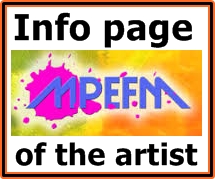 |
Frank Bowling |
 |
Ricardo Brey |
 |
Teresa Burga |
 |
Luis Camnitzer |
 |
Melvin Edwards |
 |
Harmony Hammond |
 |
Lorraine O'Grady |
 |
Betty Parsons |
 |
Joan Semmel |
 |
Valeska Soares |
mpefm
UNITED KINGDOM art fair press release
Tickets for Frieze London and Frieze Masters are now avaliable to purchase in advance. Click < here Bag Restrictions Due to changes in security procedure, large bags will not be permitted into the event. Please do not bring suitcases, folding bicycles, scooters or any large items bigger than a handbag or laptop bag. A very limited bag drop facility will incur a £5 charge and proceeds will be donated to Children & the Arts charity. Coats and umbrellas can be checked free of charge.
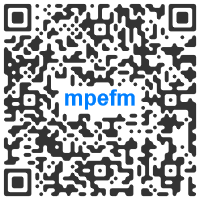
PREVIEW (Invitation only) :
Wednesday 2 October
Wednesday 2 October
OPEN DAYS:
Thursday Preview 3 October: 12pm-8pm
Thursday Private View 3 October: 5pm-8pm
Friday 4 - Saturday 5 October: 12pm-7pm
Sunday 6 October: 12pm-6pm
TicketThursday Preview 3 October: 12pm-8pm
Thursday Private View 3 October: 5pm-8pm
Friday 4 - Saturday 5 October: 12pm-7pm
Sunday 6 October: 12pm-6pm
Tickets for Frieze London and Frieze Masters are now avaliable to purchase in advance. Click < here Bag Restrictions Due to changes in security procedure, large bags will not be permitted into the event. Please do not bring suitcases, folding bicycles, scooters or any large items bigger than a handbag or laptop bag. A very limited bag drop facility will incur a £5 charge and proceeds will be donated to Children & the Arts charity. Coats and umbrellas can be checked free of charge.
QR of this press release
in your phone, tablet

- Parent Category: press release
- Category: ALL COUNTRIES press release
- Hits: 407







